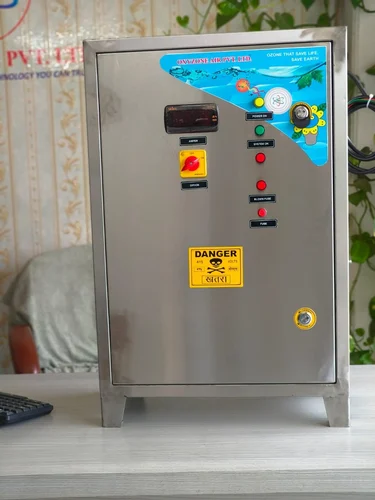
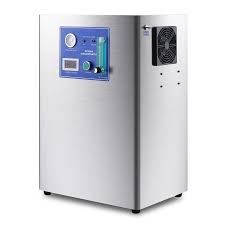
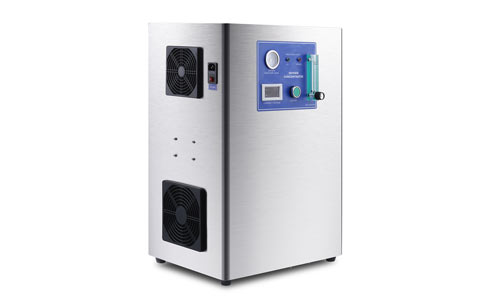
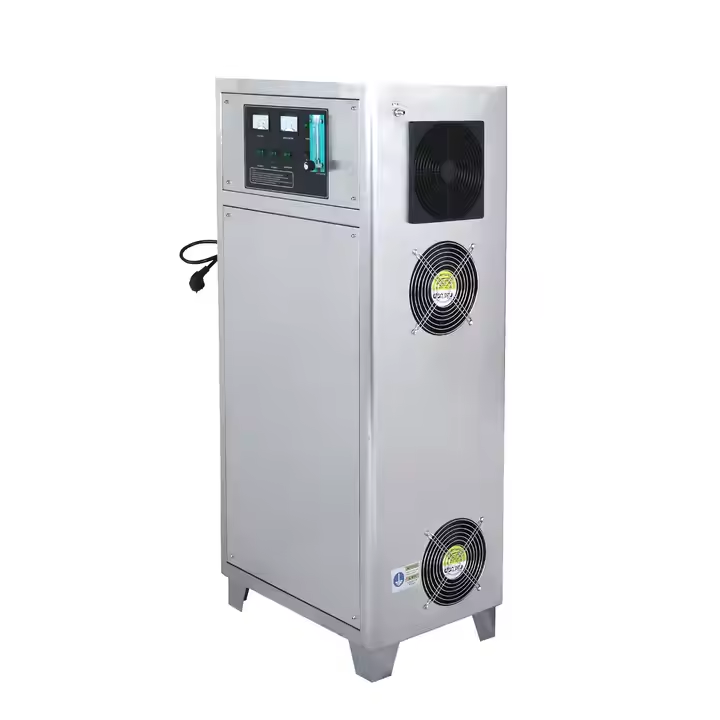
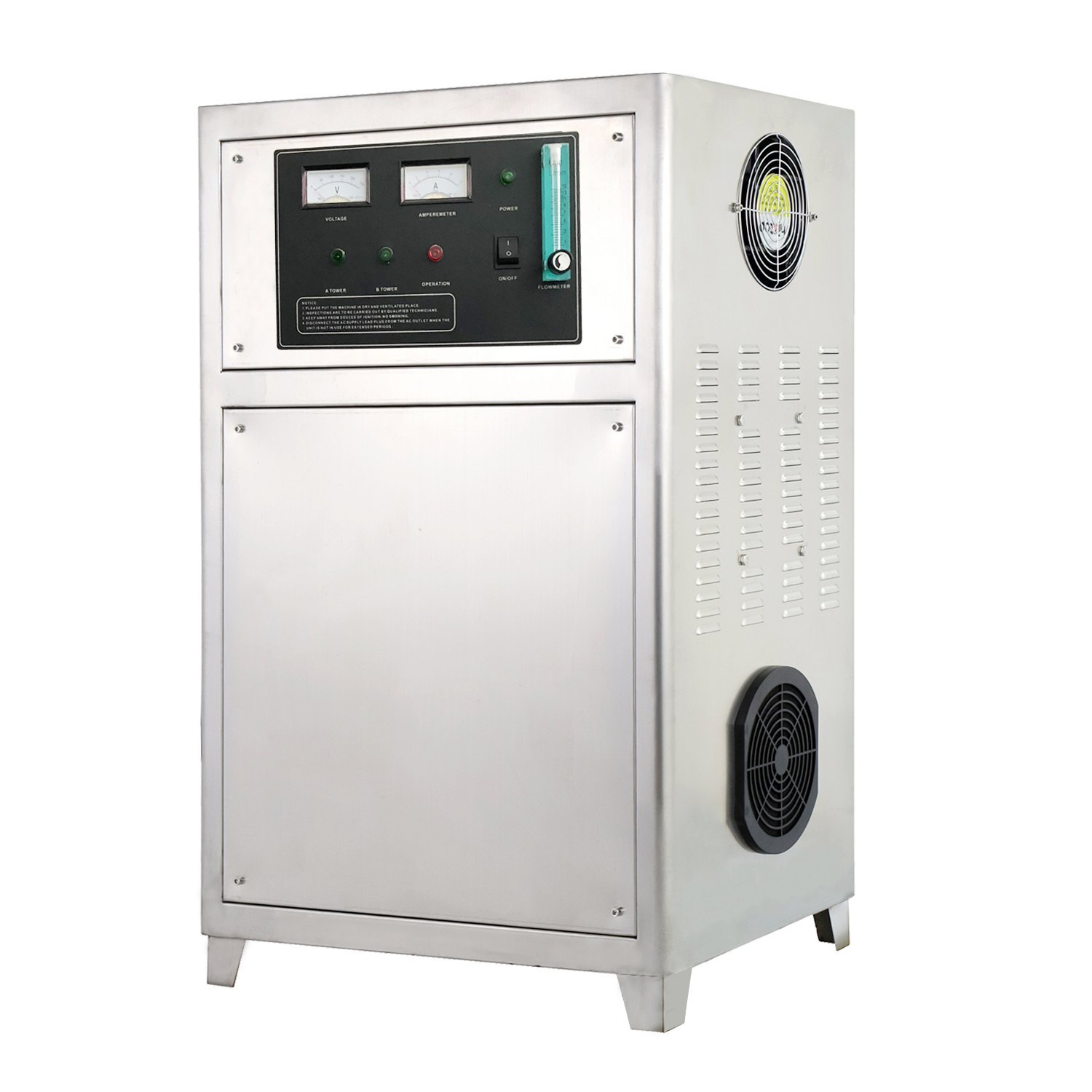
Generator for Aquaculture
Power Output (kW or kVA):
- Estimate total power consumption of all equipment (pumps, aerators, lights, feeding systems, etc.).
- Consider peak load requirements and add a 20-30% margin for future expansion or unexpected demand.
Fuel Type:
- Diesel Generators: Preferred for aquaculture due to durability and fuel efficiency for continuous operation.
- Natural Gas Generators: Environmentally friendly but may be less practical in remote areas.
- Solar Backup with Hybrid Generators: Useful for sustainable farms.
Continuous Duty Rating:
- Aquaculture often requires 24/7 operation, so ensure the generator has a high continuous-duty rating.
Waterproofing and Corrosion Resistance:
- Saltwater farms require generators with marine-grade materials and corrosion-resistant coatings.
Automatic Transfer Switch (ATS):
- Ensures uninterrupted power by automatically switching to the generator during grid outages.
Noise Levels:
- Opt for soundproof enclosures if the farm is near residential areas or to reduce stress on fish.
Maintenance Requirements:
- Ensure ease of access for regular maintenance and servicing.
Environment and Location:
- Tropical areas may require cooling systems for the generator.
- Portable or stationary options depending on farm layout.
Voltage and Phase:
- Match generator output with the farm’s electrical system (single-phase or three-phase).
